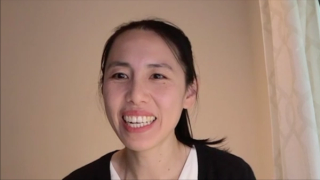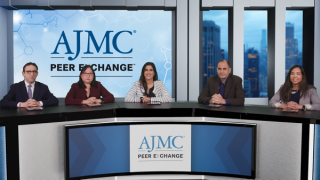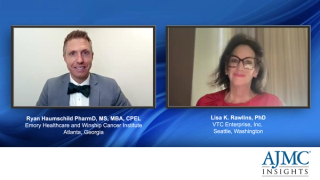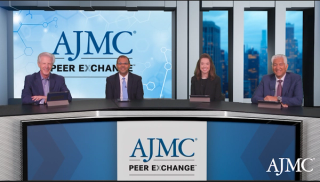
Clinical
Latest News
Latest Videos

CME Content
More News
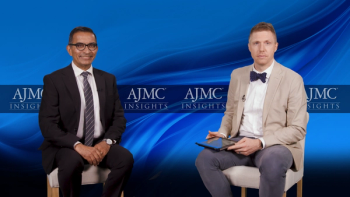
Panelists discuss how negative symptoms create significant patient burden by appearing during the prodromal period in late adolescence and requiring a comprehensive biopsychosocial treatment approach that addresses biological, psychological, and social aspects of care.
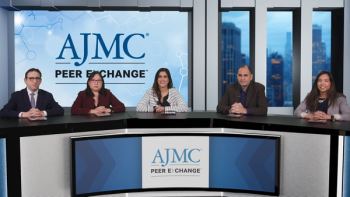
Panelists discuss how the greatest unmet needs include addressing poor outcomes in specific subsets like TP53-mutant disease, managing the increasingly older population with secondary mutations, and ensuring global access to targeted therapies and next-generation sequencing.

Panelists discuss how fitness assessment has evolved beyond traditional age cutoffs to incorporate comprehensive geriatric assessments, frailty measures, and individualized evaluations, while questioning whether intensive therapy should automatically be given to fit patients given newer effective treatment options.

Three researchers received the 2025 Nobel Prize in Physiology or Medicine for discovering regulatory T cells and the Foxp3 gene, which revealed how the immune system prevents autoimmune disease.
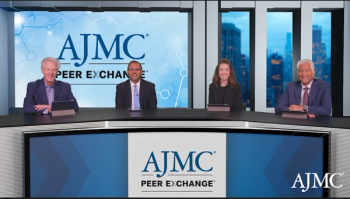
Panelists discuss how heart failure classification involves HFrEF vs HFpEF distinctions and staging systems (A through D), with the greatest prevention opportunities existing in early stages A and B, where patients have risk factors or subclinical dysfunction but haven’t yet developed overt clinical symptoms.

Panelists discuss how quality metrics should focus on keeping patients out of hospitals through core medical therapies, measuring all-cause hospitalizations and days spent at home in the community, while tracking both process metrics (guideline-directed medical therapy prescriptions, comorbidity management) and outcome metrics (mortality, readmissions, quality of life) with financial incentives through Medicare Accountable Care Organization programs.

FDA approvals since the last Skin of Color Update expand topical and biologic options for various dermatological conditions, benefiting patients with skin of color.
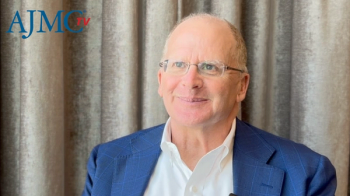
Stronger partnerships between primary care and oncology improve patient outcomes by ensuring coordinated care and addressing financial and systemic barriers, says Mark Fendrick, MD.

Reducing data silos and boosting transparency in oncology requires payer-provider trust and co-governance, according to Vishnukamal Golla, MD, MPH.

Colon cancer recurrence risk falls below 0.5% at 6 years post-surgery, offering a practical benchmark for defining cure, according to new research.
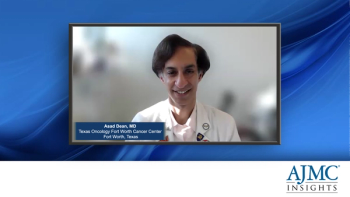
An expert discusses how current immune thrombocytopenia (ITP) treatments such as corticosteroids, rituximab, and fostamatinib have significant tolerability issues and fail to provide sustained platelet responses or address quality-of-life concerns.

An expert discusses how rilzabrutinib, a recently FDA-approved Bruton tyrosine kinase (BTK) inhibitor, targets the autoimmune pathophysiology of immune thrombocytopenia (ITP) by modulating B cells, macrophages, and reducing pro-inflammatory cytokines.
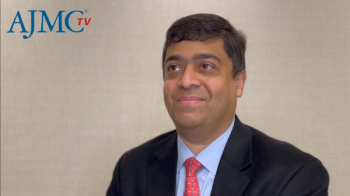
Vivek Subbiah, MD, considers artificial intelligence (AI) and comprehensive somatic and germline testing essential for guiding precision oncology and improving patient care.
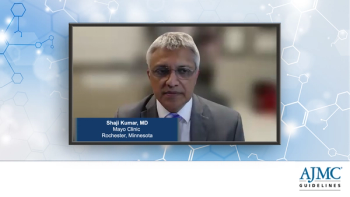
Shaji Kumar, MD, Mayo Clinic, explores the potential for earlier intervention and curative approaches in multiple myeloma, and explains how harnessing a patient's immune system through therapies like T-cell redirection could lead to better disease control, significantly extending progression-free survival and ultimately improving patient outcomes.

Expanding clinical trial eligibility in slow-developing follicular lymphoma enhances patient access to innovative therapies and addresses healthcare disparities.

Panelists discuss how current risk stratification systems, particularly the European Leukemia Net 2022 classification for intensive therapy and the 2024 classification for lower intensity treatments, categorize patients based on complex cytogenetics and molecular features to guide prognosis and treatment selection.

Panelists discuss how the pathophysiology of acute myeloid leukemia has evolved from a single phenotype understanding to recognizing diverse genetic events that lead to transformation at the hematopoietic stem cell level, with treatment decisions now increasingly integrated with specific genetic mutations despite the disease’s rapid progression timeline.

Raludotatug deruxtecan (R-DXd) earned FDA breakthrough designation for CDH6-expressing platinum-resistant ovarian cancers after bevacizumab (Avastin; Genentech) treatment.

Panelists discuss how heart failure affects 1 in 4 people over their lifetime with 7 million current cases in the US, while Optum Health has implemented an innovative screening program using symptom questionnaires, BNP testing, and echocardiograms for patients over age 60 years during wellness visits.

There are clear benefits to starting biologic therapy earlier for severe asthma, as well as initiation patterns by ethnicity, according to data at ERS Congress 2025.

Panelists discuss how heart failure creates a massive economic burden of approximately $30 billion annually (expected to reach $70 billion to $80 billion by 2030), driven by hospitalizations, readmissions, expensive multidrug regimens costing over $20,000 to $30,000 per patient, and high-cost interventions like ablations and advanced therapies.
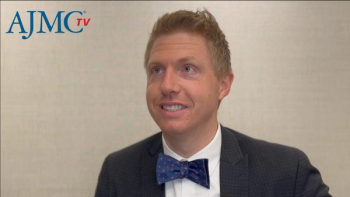
Oncology stakeholders are navigating new policies as the landscape quickly evolves, according to Ryan Haumschild, PharmD, MS, MBA, CPEL.

Teamwork between primary care providers and oncologists helps patients get needed care and achieve better results, according to Mark Fendrick, MD, at the Patient-Centered Oncology Care (PCOC) conference.

Broader integration of artificial intelligence (AI) in precision oncology depends on overcoming barriers such as trust and transparency, according to Davey Daniel, MD.
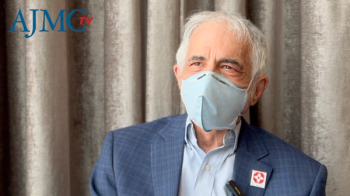
Patients with hematologic malignancies face ongoing survivorship challenges as providers struggle to coordinate care, according to Brian Koffman, MDCM, DCFP, FCFP, DABFP, MSEd.






